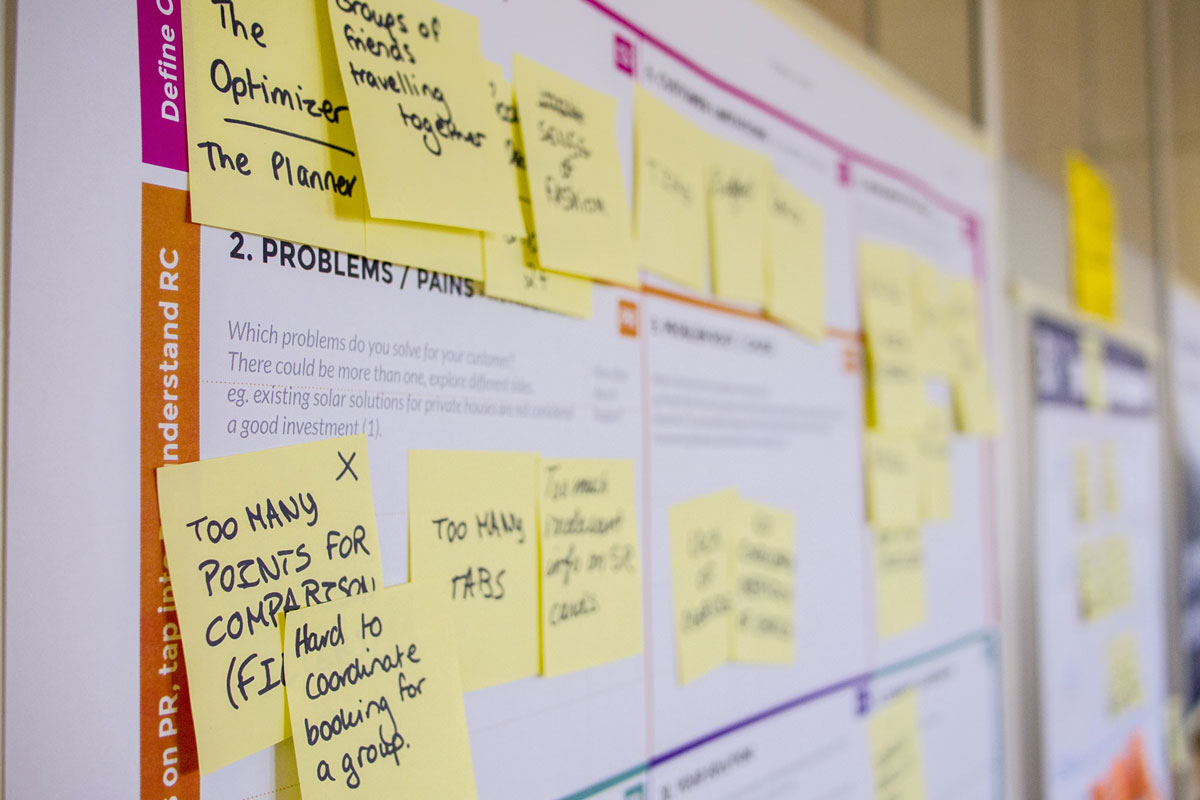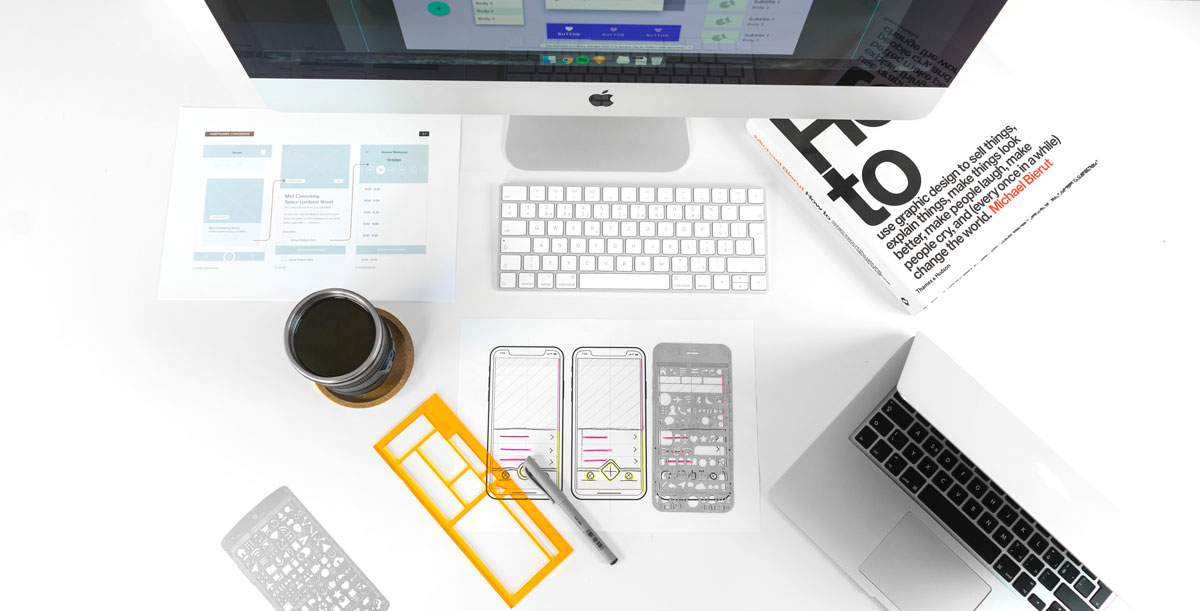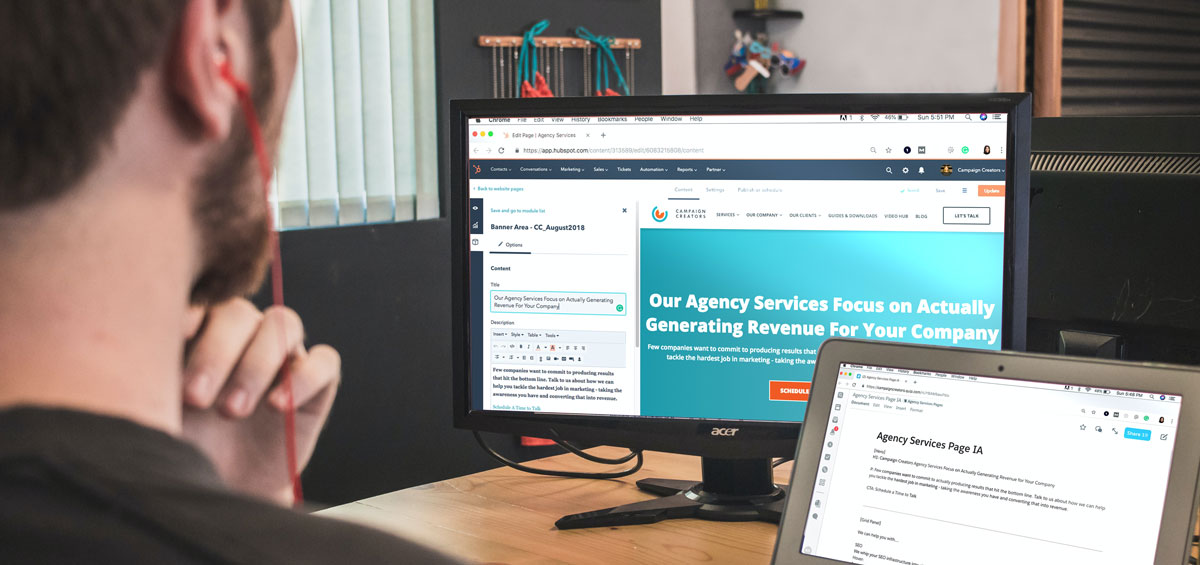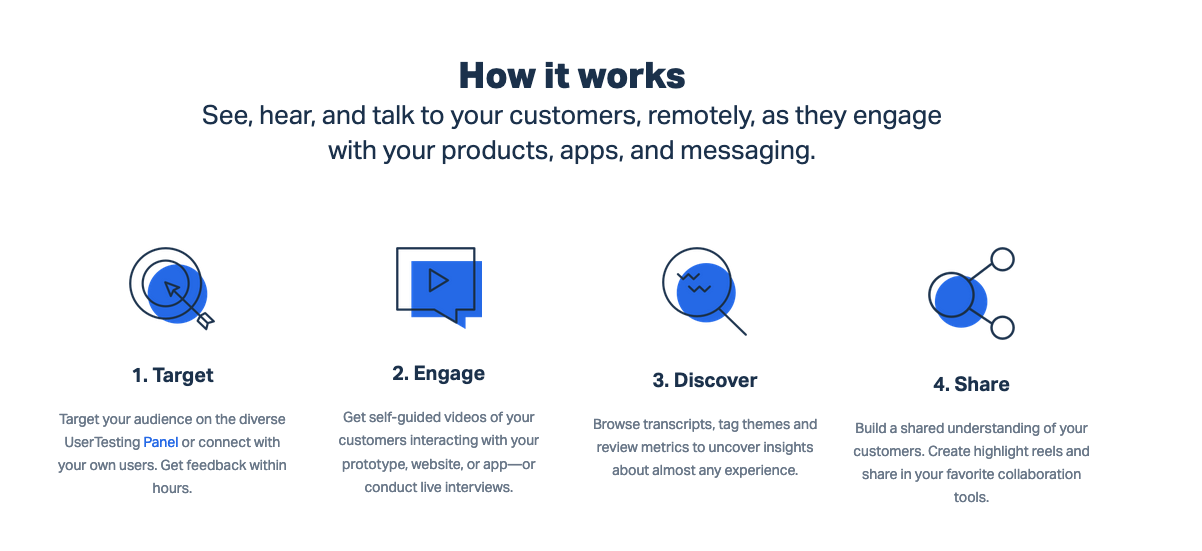Whether you’re completely redesigning your site or thinking of making some updates, there are six things that are often overlooked. Here are the essentials you need to consider when planning a new website to optimize your ROI.

1. Not being yourself
You’ve worked hard to establish your reputation and credibility with your stakeholders. Your website can either build on the trust you’ve established or unintentionally diminish it. Think about your brand, your values and your culture and how you can tell your story online in a way that is true to who you are. The experience your audience has with your organization has to extend across all touchpoints – your physical and digital experiences need to be consistent and reliable.
2. Building the website for yourself rather than for your audience
Ignoring your clients and customers is a common mistake. Your website doesn’t need to be a super slick display of stock images and video. Instead, it should be a functional, easy-to-use tool that helps your users get what they need. Align your web strategy with what your audience’s goals. The website strategy may be to generate more leads or attract new members, but don’t just build it as a marketing tool. Provide your audience value and the leads will follow.
3. Using print design for your website
It’s important to have cohesive and consistent branding throughout all your corporate material, but print doesn't necessary transfer directly to web. For example, some typefaces, reverse type, tiny fonts and background colours look great in print but aren't the best choice for web. They can be hard to read and scan, which is how most people engage with content online. Web designers also have to take into consideration colour shifts based on differences in browser platforms monitors. (What looks like gold on one screen may look like a pale brown on another.) There are best practices for web design that should be followed, and they won’t necessarily coincide with print.
That all being said, your website needs to align with and support your visual brand. Your web design will craft concepts so that there is fusion and consistency offline and online.
4. Neglecting content
Your website content deserves the same attention as design. If you’re redesigning your site, it may be a great opportunity to revisit your content to make sure it’s aligned with your brand and working hard to communicate effectively with your audience.
Here are two ways to help analyze and measure the effectiveness of your content.
Make your content relevant to your audience. To make your content valuable, talk more about your clients and customers and their needs than you do about yourself and your business. This free site helps analyze your content self-focused words and customer-focused words so that you can make sure your crafting messages that will appeal to your users. http://www.customerfocuscalculator.com/
free website rates your copy based on readability and grade level. https://www.webfx.com/tools/read-able/. If your audience is consumers, then aim for level six in readability and grade lever. If your site is for a B2B audience, aim for level eight.
5. Forgetting usability testing
Usability testing is often not considered for small- and medium-sized website projects because of the usually high cost of usability tests. Now there’s a great online tool that lets you test your site before you launch for as little as $40. With www.usertesting.com you can get feedback on the usability of your within hours. It’s a quick affordable service that also provides a video of users trying your website. Often the improvements suggested by the feedback require minimal effort to implement and can have a big impact on the usability of your site.
6. Forgetting users with disabilities
When planning a new website build, it's common to think about design, functionality and content, but often decision-makers overlook accessibility. Accessibility is typically considered as a “requirement” is only there because organizations don’t want to pay a penalty for not being compliant with Accessibility for Ontarians with Disabilities Act (AODA) standards. Sure, it is bad for business to have to pay fines for not complying with accessibility standards, but there is a bigger picture here. Accessibility is good for business, and it makes sense to build your website with accessibility in mind from the start.
Making your organization's website accessible will open it up to a larger audience. In 2012, Statistics Canada reported there were approximately 5.3 million Canadians living with some form of disability. (The number has undoubtedly increased today.) This number translates into roughly 16% of the population. Creating an accessible website will allow you to significantly expand your potential audience.
Hopefully, this list will help you avoid some of the most common mistakes in website planning. We’d love to hear about your experience with your web project.

Tony
Director and Founder
Inorbital founder and digital solution architect with over 20 years’ experience planning and directing dynamic web presence and web applications for all types of organizations. When not directing Inorbital you can find him actively trying something completely new. You can schedule a meeting with me here

